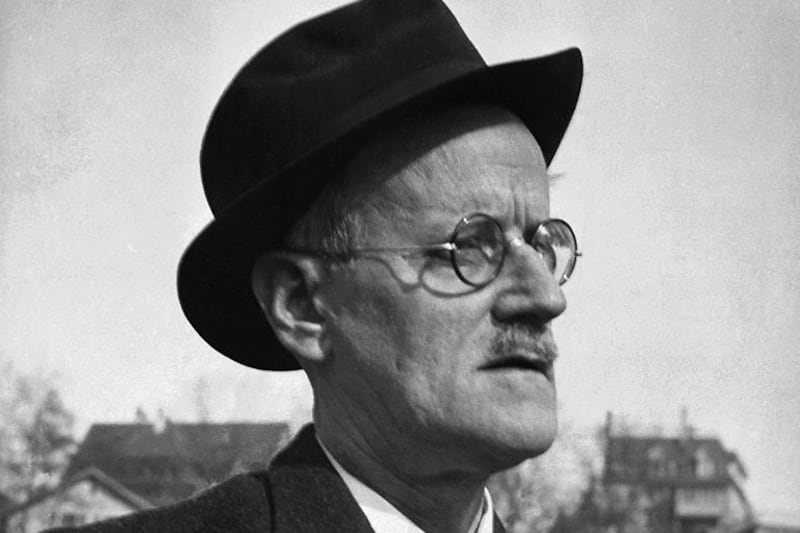Over the years we have been educated about the Irish in Australia by tidings from historians, novelists, documentary makers, poets and even, marvellously, by a 2011 exhibition, curated by Richard Reid, at the national museum of Australia, Canberra, titled Not Just Ned. Here is another welcome addition.
It opens with an acknowledgment of the Traditional Owners on whose land the book was written, then dedicates itself to examining some of the facts about the Irish who went to Australia in the decades from 1945 to 2024, the multiple reasons why they did so, how they fared and how they related to their host country and historical predecessors.
It concludes with an essay by Julie Breathnach-Banwait on writing in her own Irish language, in the scorched red land of Western Australia. At which point we wonder how many native languages have been lost in the vicinity of all this creation.
The Irish in Australia are a diverse bunch, their cohort includes everyone from your struggling enough, to your savagely wealthy, your happily flibbertigibbet, to your Joycean scholar. It is impossible in this space to note all the facts laid out, some of them surprising.
Continuity and Change: Postwar Migration Between Ireland and Australia 1945-2024
The Joyce of Everyday Life by Vicki Mahaffey: A persuasive case that his writing is best embraced in a spirit of lively amusement
Yellowface author RF Kuang: ‘I’m actually not happy with any of my earlier novels’
These Divided Isles: Ireland and UK shared history told with ‘reliable pithiness’
Fractured Journeys examines the experiences of 203 migrants who arrived between 1980 and 2001 – the author notes, “Only one person was not in paid employment prior to leaving Ireland, and that one person was doing postgraduate research. This immediately challenges the notion that migration during that period was motivated by economic necessity.”
Intriguing differences in tone emerge between the interviewees who arrived before the ubiquitous noise of too much communication and those who wrote only occasional letters, telephoned home perhaps once a year, if even that, who belonged to a world that was larger because of the lack of constant sharing, and more, dare I say, interesting.
And yes, the dreaded disease of homesickness gets an occasional airing. The two editors write 11 of the 16 essays and there are four other multidisciplinary contributors: Kevin Molloy, Seamus O’Hanlon, Jean Butler and Anne Wayne. The collection achieves that difficult goal, a serious hybrid, an academic discussion salted with oral testimony.













